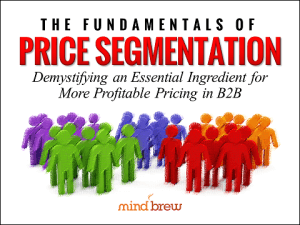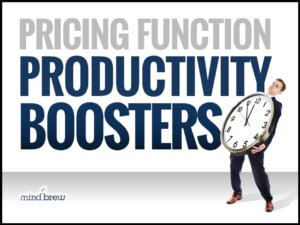In his Dialogues Concerning Two New Sciences, Galileo Galilei told a story that highlights the problems that can result from over-engineering.
In the story, a builder placed a large marble column horizontally, so that each end rested on a wooden post. However, he became worried that the two wooden posts wouldn’t be enough to support the heavy column, so out of an abundance of caution, he placed third wooden post right in the center.
But eventually the marble column cracked in the middle—right where it rested on the center beam.
You see, over time, the three wooden posts settled into the ground at different rates. And when the height of the center post was sufficiently different that the two on the other sides, the column split in two.
People often use this story to explain why you don’t want the solution to any engineering problem to become too complex. While your intentions might be good, an extra unnecessary “solution” might actually be the piece that causes an entire project to fail.
Something very similar can happen with pricing segmentation–arguably pricing’s most important tool. In our blog post on The 5 Laws of Price Segmentation we talked about two laws that compete with each other:
Law 1: A model with more price segments has more revenue and profit potential.
Law 4: You have to balance the granularity of the model with your ability to execute.
Just like the extraneous beams under Galileo’s column, too many segments may cause your pricing and sales capabilities to crack under the pressure. Calculating and managing dozens or hundreds of segments is often not sustainable.
And that’s too bad because that added complexity could have greater benefits to the bottom line. Wouldn’t it be ideal to add complexity without hindering your ability to execute?
Modern technology has helped us find better solutions to Galileo’s original problem. Today’s structural engineers can use computers to help them figure out exactly how many supports their buildings require. And new tools and technology mean that we can reduce the amount that buildings settle and/or engineer a little give into the design so that the settling doesn’t become a problem.
Modern technology can also help solve the same problem in price segmentation. Sophisticated applications allow pricing professionals to set up and manage hundreds or thousands of different pricing segments. Yes, the system does become more complex, but companies are able to manage that complexity so that they get the profit benefit while minimizing the risk.
If you are looking to get started with price segmentation or to add some more technological capabilities to your segmentation arsenal, check out our webinars on price segmentation. The Fundamentals of Price Segmentation in B2B explains the key principles and concepts of price segmentation and walks you through a segmentation exercise.
Getting the Most Out of Price Segmentation goes a step further, offering some best practices for refining your models so that they become more accurate and effective.
Don’t let your pricing model crack under the strain of complexity. With careful attention to the fundamentals, coupled with the latest technology, you can create a robust model that has the granularity, flexibility, and robustness you need to maximize revenue and margins for your organization.















